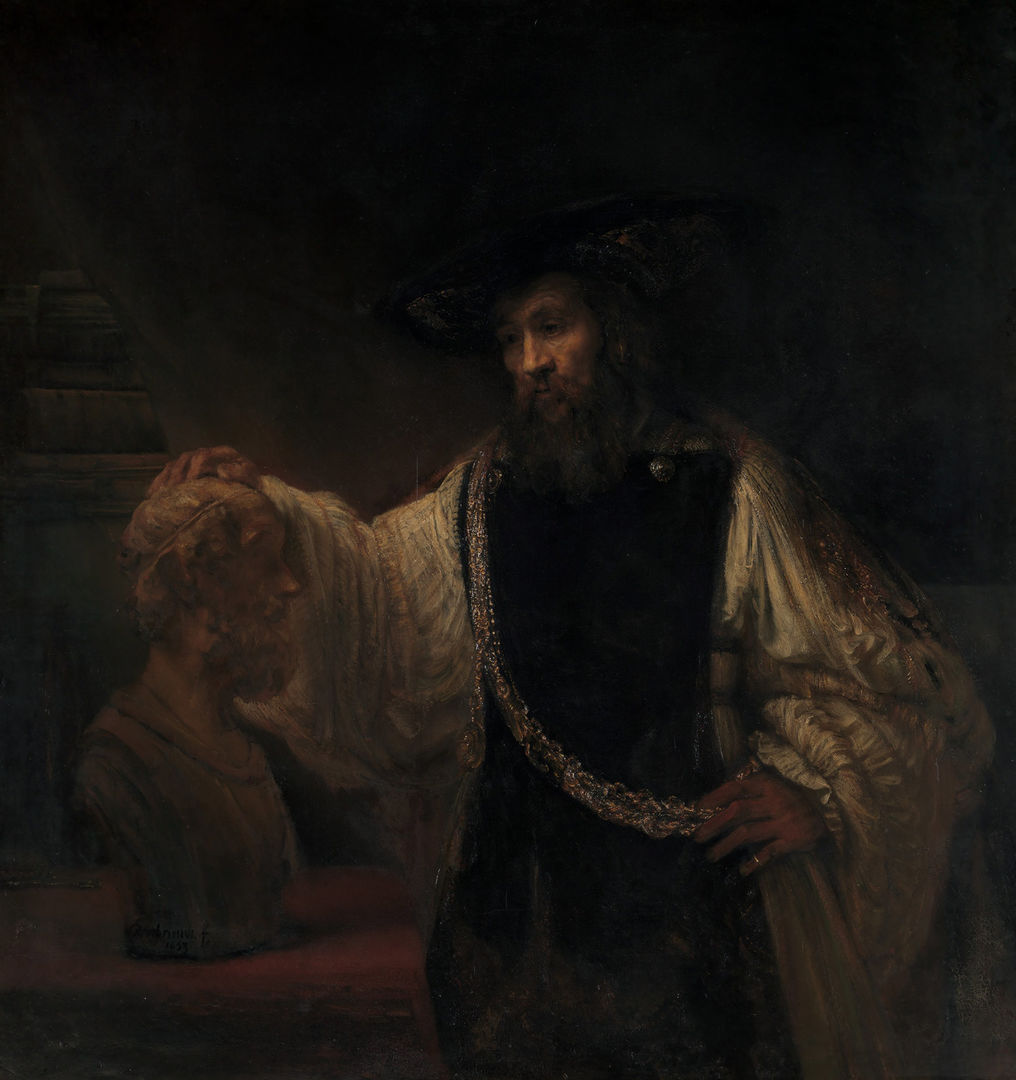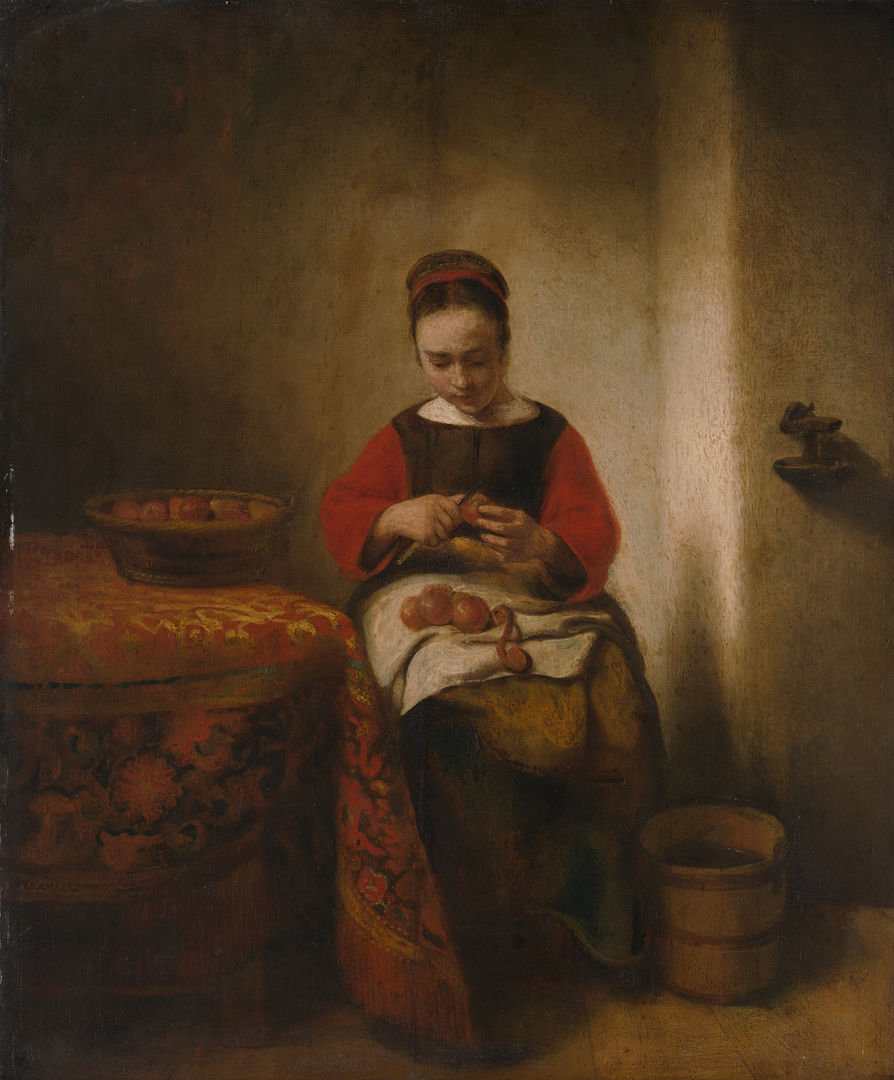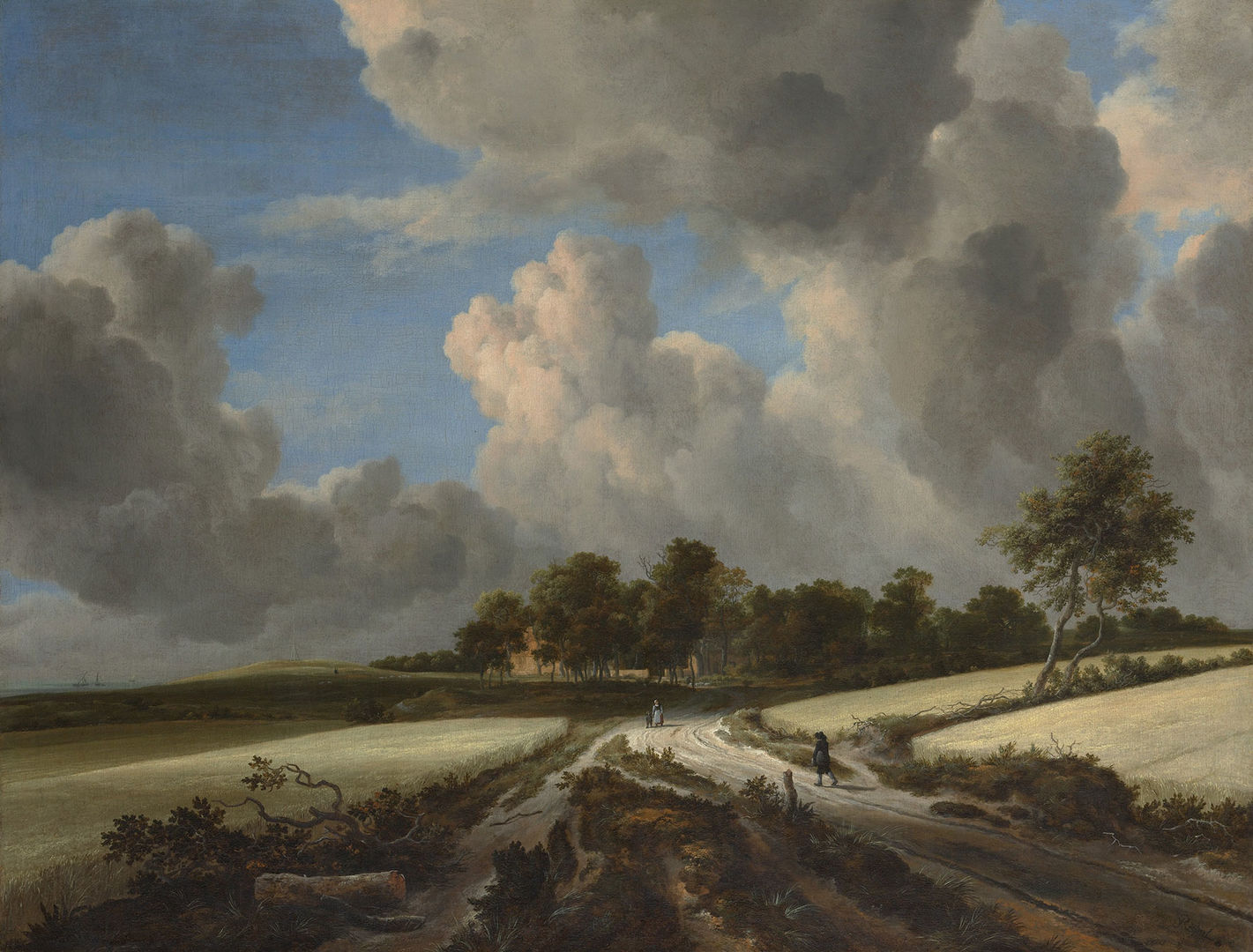Capturing a Moment
Gavin Finney is an award-wining cinematographer. Among his many credits are the BBC period dramas, The Miniaturist and Wolf Hall.
Listen to the Story
Audio Transcript
Gavin Finney: My name is Gavin Finney, and I am a cinematographer.
When I start filming, I’m starting with a blank canvas, and until I turn the light on there’s nothing there. But the starting point is: what did people at the time see? If I want to see how an interior of a Dutch house looks like—or what it looked like at night, lit by candles—there are enough different painters who had different perspectives and points of view and ways of painting that I can then take them to the director and show them examples of ways we could possibly go.
If the drama I’m shooting—if it’s period—absolutely my first point of call is the art of the time, because that gives you access to firsthand witnesses, people who were there, who were great observers of not just the people and the fashions and the architecture, but the style of dress, how people behaved.

Rembrandt (Rembrandt van Rijn) (Dutch, 1606–1669). Aristotle with a Bust of Homer, 1653. Oil on canvas, 56 1/2 x 53 3/4 in. (143.5 x 136.5 cm). The Metropolitan Museum of Art, New York, Purchase, special contributions and funds given or bequeathed by friends of the Museum, 1961 (61.198)
Narrator: What might Finney see when he looks at Rembrandt’s Aristotle with a Bust of Homer?
Finney: Aristotle is clearly wealthy. He’s clearly got status. But has he done enough? Is this all there is? Has he left a legacy? How will he be remembered? It is kind of this slightly melancholic thoughtfulness in the eyes that I see, and he’s obviously comparing himself to Homer.
Narrator: These men are famous, but the painting holds an aura of mystery about it. Some areas are obscure. Finney describes the significance of that.
Finney: This is the important thing about darkness: it lets the viewer bring their own story to part of the picture, or it lets the viewer inform details that Rembrandt hasn’t painted. He’s saying, “I’m not showing you everything; I’m leaving you some gaps to fill in for yourself using your own experience.”
I think that’s why these artworks are so democratic; they let you bring your own story, as well as their own story, to the picture. That makes it very approachable and very human.

Nicolaes Maes (Dutch, 1634–1693). Young Woman Peeling Apples, ca. 1655. Oil on wood, 21 1/2 x 18 in. (54.6 x 45.7 cm). The Metropolitan Museum of Art, New York, Bequest of Benjamin Altman, 1913 (14.40.612)
Narrator: Seen through Finney’s eyes, light becomes a tool for storytelling. Take another quiet, intimate moment: Young Woman Peeling Apples, by Nicolaes Maes.
Finney: She’s obviously needing good light to work, even though she’s just peeling apples. So she’s found herself a little spot where the window light is. Just by looking at the light, you can tell where she is in the house and pretty much what time of day it is. So you get all that information just by looking at how he’s painted it. When you work that way, it very much affects what we call the mise-en-scène, which means how you construct the drama.
What’s lovely about it is that she’s a working girl and she’s got her own story. And if you look closely, she’s looking at the apple she’s peeling but she looks like she’s thinking about something else at the same time, which is fantastic. I don’t know how he’s done that.
The bowl of apples is just overhanging the edge of the table. She may shift her knee, and that apple peel would fall to the floor. Those little observed details just give it an energy and a feeling that he really has caught a snapshot.
I think there’s an honesty to the work. So many of these pictures, they don’t depict aristocrats and characters from the Bible; these are everyday, normal working people. I think there’s an honesty to the work. Nothing’s perfect. Children running about, playing on the ice, drawing pictures on walls. Men and women drinking, getting, perhaps, too drunk, fancying each other. They paint life, and everyone knows life.

Jacob van Ruisdael (Dutch, 1628/29–1682). Wheat Fields, ca. 1670. Oil on canvas, 39 3/8 x 51 1/4 in. (100 x 130.2 cm). The Metropolitan Museum of Art, New York, Bequest of Benjamin Altman, 1913 (14.40.623)
Narrator: Finney has to capture specific moments before the moment passes. This is especially true in landscape, when he can’t control the light. Consider the cinematic scene of Wheat Fields, by Jacob van Ruisdael.
Finney: There’s a human narrative going on here, enveloped in this great landscape. He’s picked an absolute perfect moment. He’s picked the moment you’d want to press the shutter on a camera, which is this gap in the clouds illuminating the woman and the child. But are they waiting for the man? He’s carrying a bag. What’s the story here? And they’re right on the edge of a shadow of a cloud. We know these clouds are moving, and in the next second the lady and the child will be in darkness.
Narrator: From epic portraits to domestic or exterior scenes, what’s the common thread that runs through the work of the Dutch Golden Age?
Finney: All of these painters have conveyed a mood. They’ve not just painted a man and a bust, or a woman with some apples, or some people in a country lane. He’s painted a definite feeling, which you don’t need to be an expert to get. That’s why these paintings work so well; you don’t need a degree, you don’t need to be very learned in symbolism to decode these images. You just need experience of life. And you can then look at these paintings and, from across hundreds of years, you know what the painter’s trying to say.
Sometimes I’m told off by my partner for eating an apple by sticking it with my penknife and putting it to my mouth. She says, “Oh, you can’t do that; that’s terrible.” And then I saw a painting in a gallery where a man was doing just that, you know, from two hundred and fifty years ago, and I said, “See, see? They did it, too.”
Nothing changes, does it? People are behaving in these pictures the way they behave now, practically. Fundamental human behavior doesn’t change a great deal, and two hundred and fifty, three hundred years isn’t that long a time.
